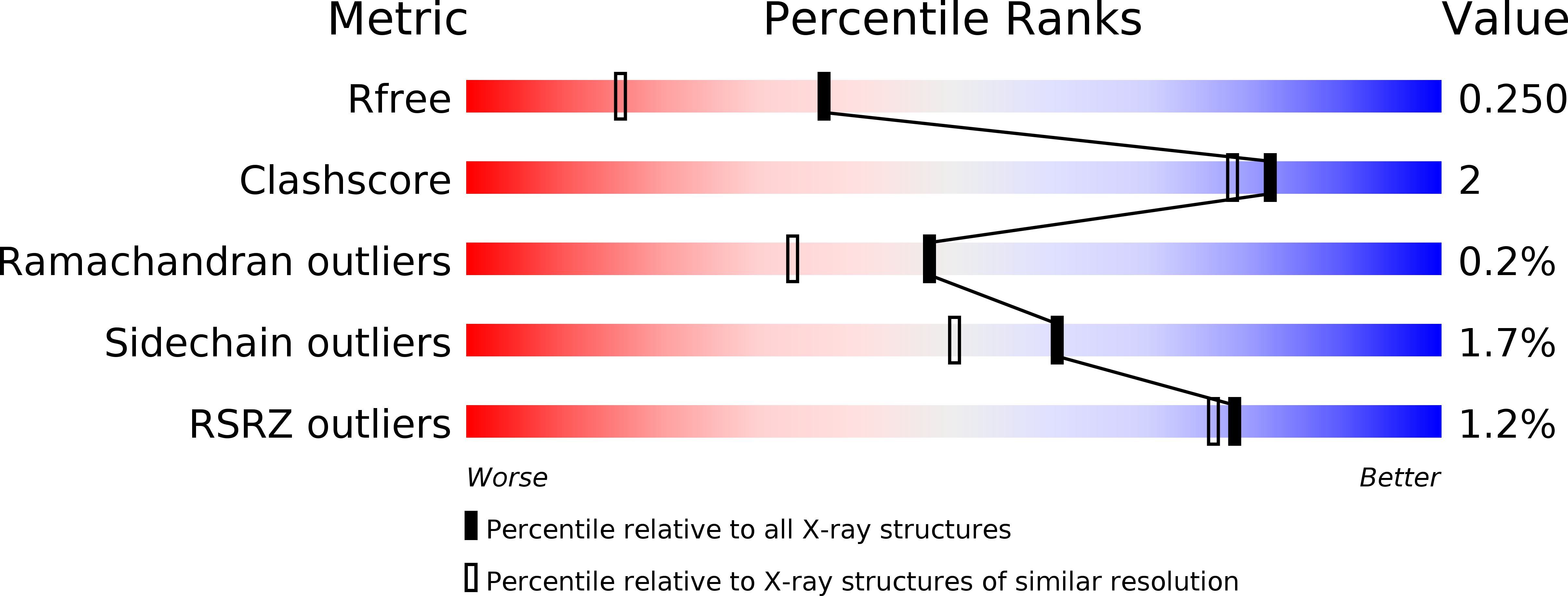
Deposition Date
2005-09-27
Release Date
2006-10-16
Last Version Date
2024-05-08
Entry Detail
PDB ID:
2C29
Keywords:
Title:
Structure of dihydroflavonol reductase from Vitis vinifera at 1.8 A.
Biological Source:
Source Organism:
VITIS VINIFERA (Taxon ID: 29760)
Host Organism:
Method Details:
Experimental Method:
Resolution:
1.81 Å
R-Value Free:
0.24
R-Value Work:
0.19
R-Value Observed:
0.19
Space Group:
P 21 21 21


